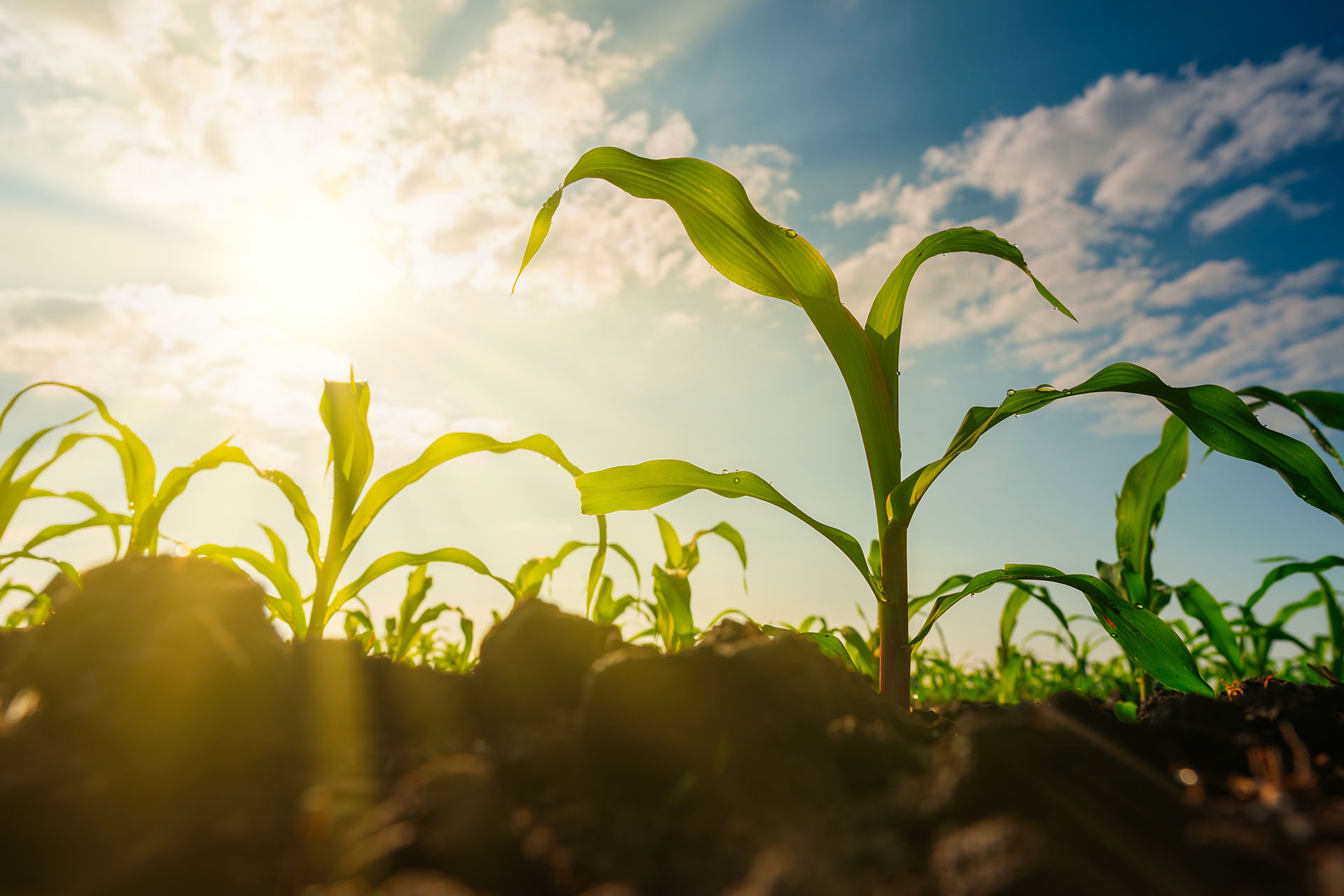NATURAL RESOURCES
Ideal Growing Season & More
Hydropower, biomass, and solar energy are South Carolina’s primary renewable resources for generating electricity.
Hidden Row
Land Availability
Nearly five million acres are classified as agricultural land in South Carolina. For one of the smallest states outside of New England, South Carolina has a significant amount of arable land available.
Low Industrial Power Rates
Water Power
Forestry
With about 13 million acres of forest, forestry is a leading industry in South Carolina. According to the SC Forestry Commission, South Carolina’s forests are one of the foundations of the state’s economy and define our natural resource environment. They represent the dominant landscape of the state and support SC’s agribusiness industry. The economic impact of SC’s forestry industry is over $20 billion and contributes to South Carolina’s thriving economy.
Timber production supports a major industry in South Carolina. Timber output has experienced a steady increase since data collection began in 1936. Softwood has shown a steady increase. Over the last three-quarters of a century, softwood timber production has increased by almost 1.9 percent annually on average and hardwood production by 0.9 percent annually. That increase occurred while the timber inventory nearly doubled. Proper forest management will continue to sustain a forest that can support a thriving forest industry, along with wildlife, recreation, soil, water, and other values.
Learn more about SC’s forestry industry by visiting the SC Forestry Commission website.
Landfill Gas
Solar Energy
Offshore Wind
Did you know?
According to the U.S. Energy Information Administration, the annual average price of electricity for industrial users in South Carolina is 15% below the U.S. average.

